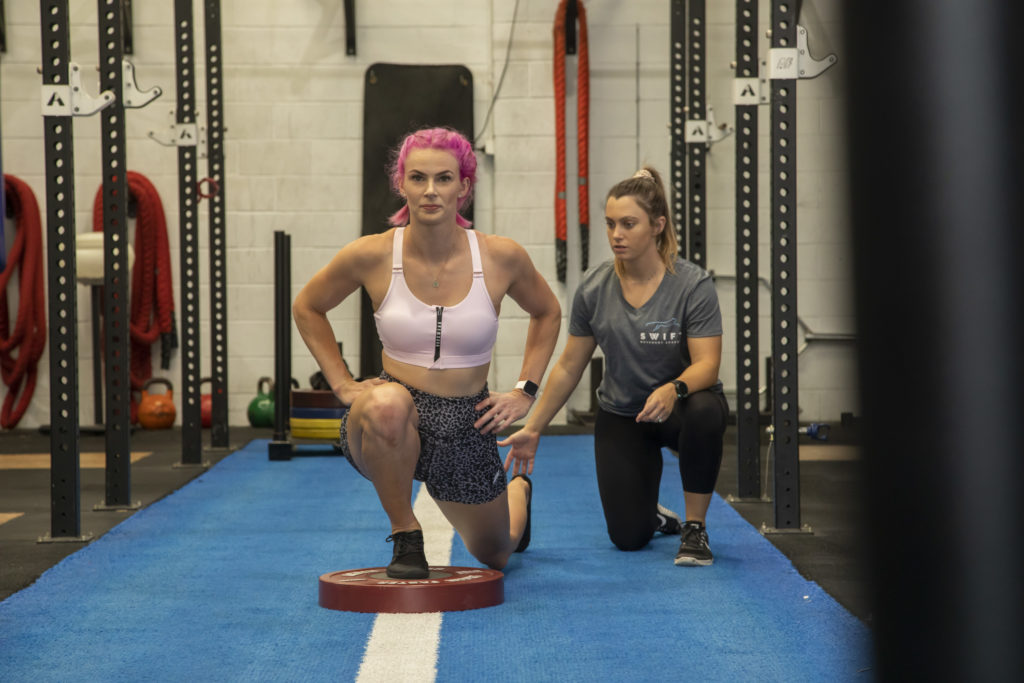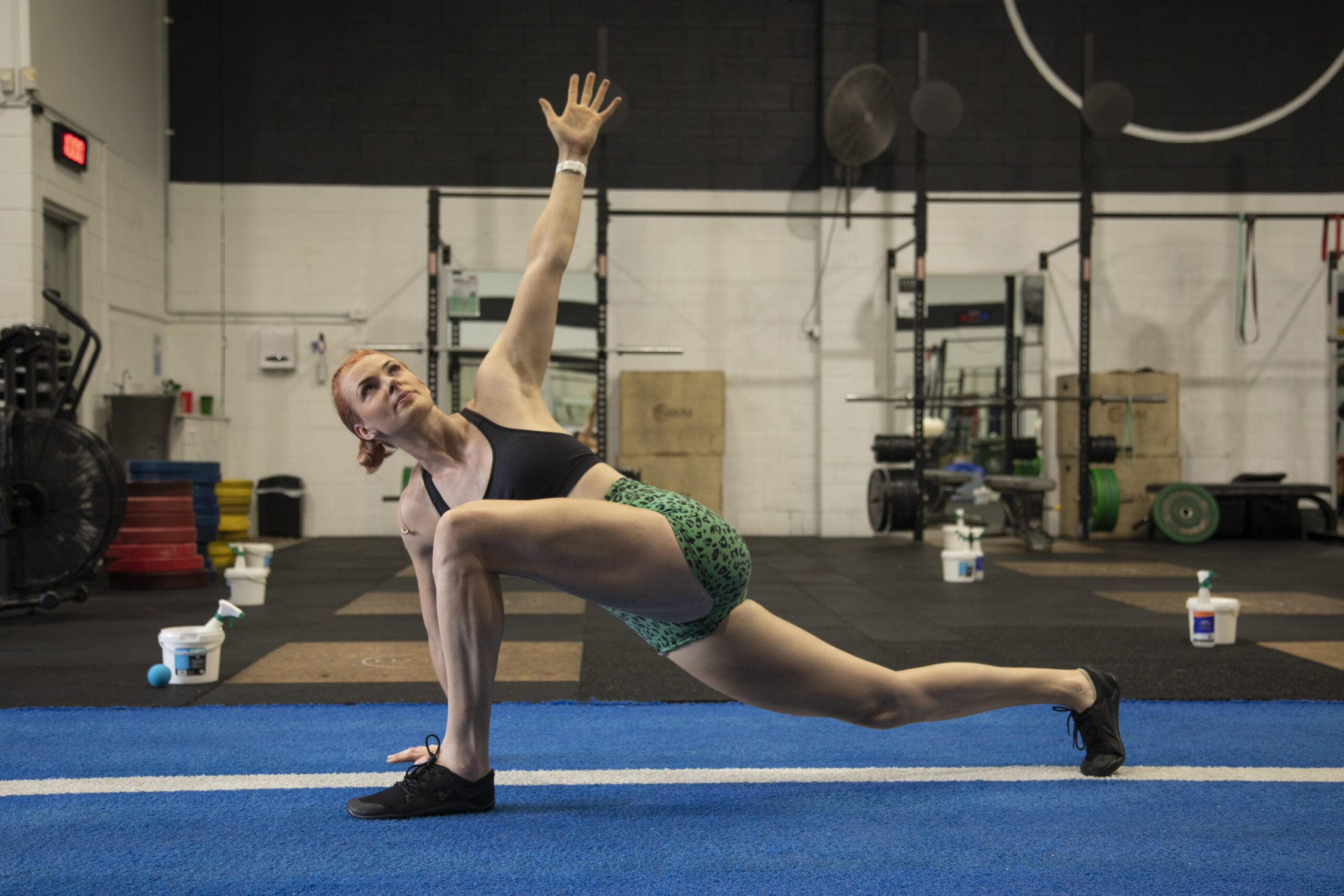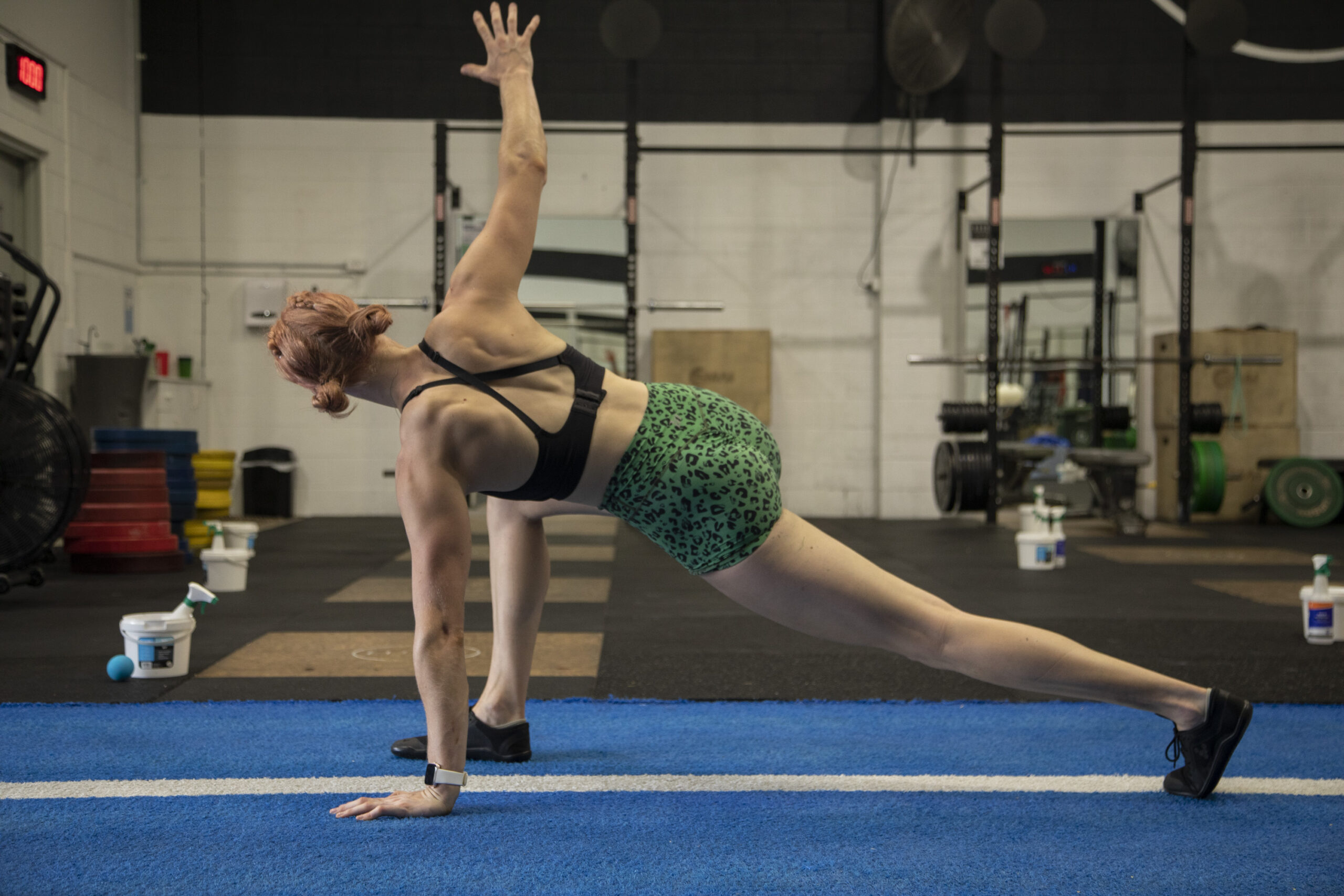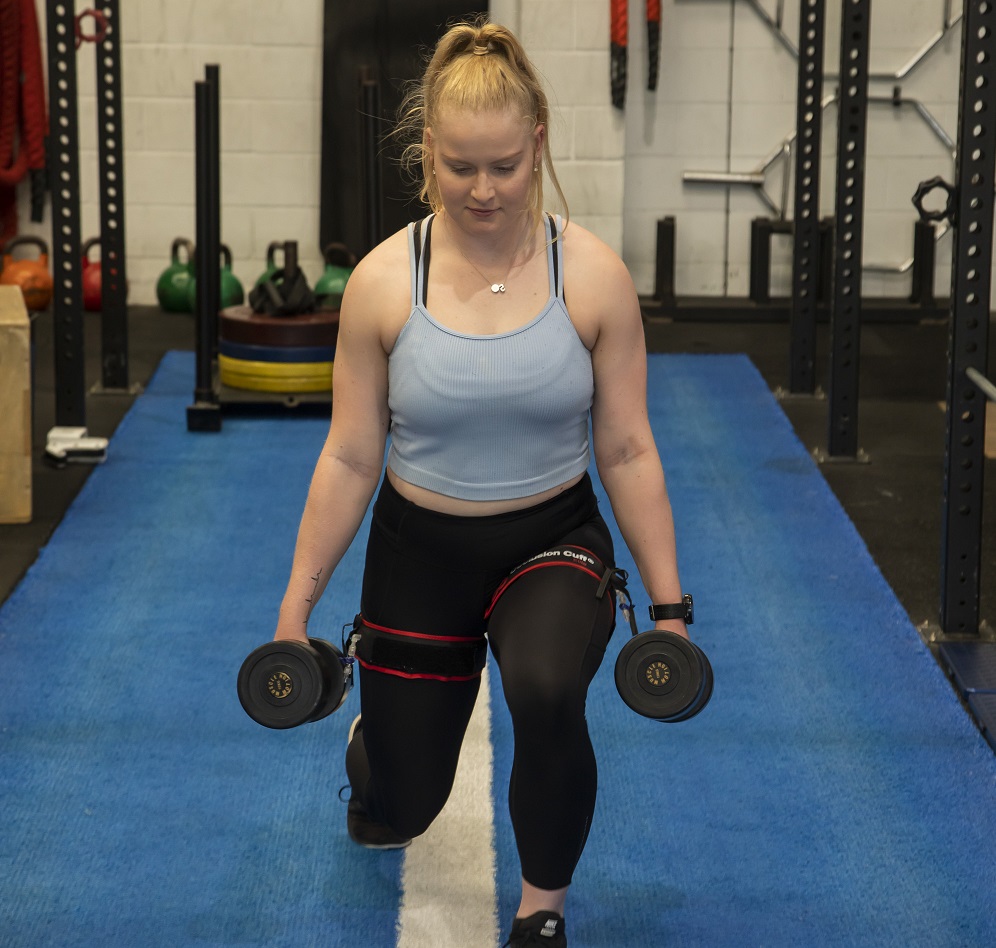Are you a runner who’s struggling with the pain of shin splints? You’re not alone. Shin splints are a common overuse injury that can be caused by a variety of activities that put stress on your legs, such as running or jumping. But the good news is that there is a plan!

Reducing the amount of the activity that is causing the problem in the first place paired with exercises you can do to alleviate pain and prevent further injury. In this article, we’ll discuss the best exercises for runners with shin splints and how an exercise physiologist can help guide you through appropriate stages of rehab.
Appropriate Rest & Gradually Reintroducing Load
One important aspect of exercise rehabilitation for shin splints is to gradually reintroduce the type of exercise that caused the injury in the first place. This is important because jumping back into your usual workout routine too quickly could cause further injury and delay the healing process.
The first step is to reduce the volume of the type of exercise that’s causing the symptoms. For example, if running is causing your shin splints, you might need to take a break from running altogether or reduce the distance and intensity of your runs. This can be difficult for runners who are used to pushing themselves, but it’s important to allow the body to heal.
Once the pain has reduced and your body has had time to recover, you can gradually start to reintroduce the type of exercise that caused the injury. This should be done slowly and carefully, with close attention paid to any signs of pain or discomfort. For example, you might start with a short, low-intensity run and gradually increase the distance and intensity over time.
Working with an exercise physiologist can be especially helpful during this process. They can help you determine when it’s safe to start reintroducing exercise, and can design a customised exercise plan that progresses at a pace that’s safe and effective for your specific needs and goals.
By following a careful and gradual process of reducing exercise volume and gradually reintroducing load, you can help prevent further injury and speed up the healing process.
By following a careful and gradual process of reducing exercise volume and gradually reintroducing load, you can help prevent further injury and speed up the healing process. Remember, taking the time to allow your body to heal properly is key to preventing future injuries and getting back to your usual level of activity.
Low-Impact Cardio Exercises

When you’re dealing with shin splints, you want to avoid high-impact exercises that could make your pain worse. Instead, focus on low-impact cardio exercises that maintain your cardiovascular fitness while being gentle on your legs. Here are some great options:
- Swimming
- Water running
- Cycling
- Elliptical training
- Walking
Strengthening Exercises
Strengthening exercises can help improve the strength of your lower leg muscles, reducing the risk of future injury. Here are some great exercises for targeting the muscles in your lower leg:
- Toe raises and heel drops
- Ankle circles and alphabet
- Calf raises
- Single-leg balance exercises
Flexibility Exercises
Flexibility exercises can help stretch your muscles and reduce tension in your lower leg. Here are some helpful exercises for alleviating pain and improving flexibility:
- Calf stretches
- Toe stretches
- Foam rolling exercises
Guidance from an Exercise Physiologist
An exercise physiologist or physical therapist can help you develop a rehab program that’s tailored to your specific needs and goals. They can assess your current fitness level and design an exercise program that progresses through different stages of rehab. This could include initial rest and recovery, followed by gradually increasing the intensity and duration of your exercise. An exercise physiologist can also provide guidance on exercises that will not aggravate your condition, so you can avoid further injury.

Scientific Evidence
There is scientific evidence to support the use of exercises in the treatment and prevention of shin splints. A study published in the British Journal of Sports Medicine found that a combination of rest, ice, and exercises, including calf stretches and strengthening exercises, was effective in treating shin splints in runners. Another study published in the Journal of Orthopaedic & Sports Physical Therapy found that a six-week program of calf-strengthening exercises was effective in reducing pain and improving function in individuals with shin splints.
Conclusion
Shin splints can be a frustrating injury for runners, but exercise rehabilitation can be a helpful way to alleviate pain and prevent further injury. By working with an exercise physiologist or physical therapist, you can develop a tailored rehab program that’s safe and effective in treating and preventing shin splints. So don’t let shin splints hold you back – with the right exercises and guidance, you can get back to your training in no time!






